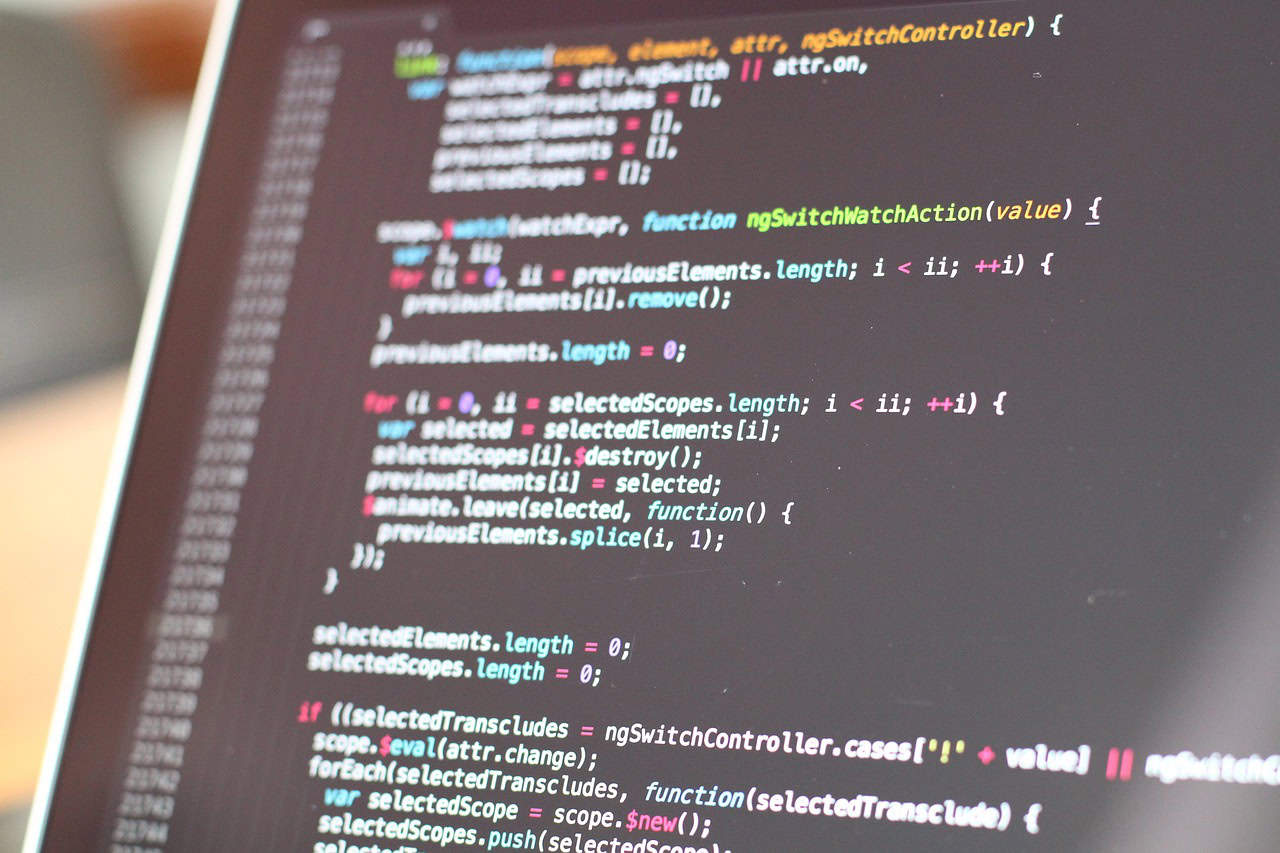Unlocking Python Web Development: A Guide for Beginners
Python web development is an essential skill in today’s tech-driven world. With its simplicity and readability, Python allows developers to build powerful web applications efficiently. In this guide, we will explore the fundamentals of Python web development, the frameworks available, and resources to kickstart your learning journey.
What is Python Web Development?
Python web development is the process of creating web applications and services using the Python programming language. This can involve building websites, APIs, and complex web applications across various platforms.
Why Choose Python for Web Development?
- Simplicity: Python’s syntax is clean and easy to understand, which makes it great for beginners.
- Rich Ecosystem: Python has a wide range of libraries and frameworks that facilitate rapid web development.
- Community Support: There is a vast community of Python developers who contribute to resources and libraries.
- Versatility: Python is not only used in web development but also in data science, machine learning, AI, and more.
Key Frameworks for Python Web Development
There are several popular frameworks that Python developers use to streamline the development process:
Django
Django is a high-level framework that encourages rapid development and clean design. It comes with a built-in admin panel and many plugins for various functionalities.
Flask
Flask is a micro-framework that is lightweight and flexible. It allows developers to create applications with minimal overhead and is ideal for small to medium-sized projects.
FastAPI
FastAPI is perfect for building APIs quickly due to its performance and ease of use, utilizing Python’s type hints to validate various inputs.
Getting Started with Python Web Development
If you’re a beginner looking to dive into Python web development, here are some steps you can follow:
- Learn Python Basics: Understanding Python fundamentals is crucial before moving on to web frameworks.
- Choose a Framework: Depending on your project needs, select a framework like Django or Flask.
- Build a Simple Project: Start with a simple web application (like a to-do list) to get hands-on experience.
- Utilize Online Resources: There are plenty of tutorials and courses available online to help you along the way, such as this essential guide for beginners.
- Join a Community: Being part of a community (like Stack Overflow or Reddit) can help solve coding issues and provide networking opportunities.
Additional Resources
For those keen on advancing their skills, check out these valuable articles and tutorials:
- Comprehensive Guide to Python Web Development for Beginners
- A Beginner’s Guide to Python Web Development
- Master Python Web Development with Dynamic Applications
Conclusion
Python web development is a rewarding field that opens numerous opportunities for aspiring developers. By learning the essentials and practicing with frameworks like Django and Flask, you will be well-equipped to start creating your own web applications. Embrace the journey and unlock your coding potential with Python!
Projects and Real-World Applications of Python Web Development
Key Projects
- Blog Application: Create a full-fledged blogging platform where users can create accounts, publish articles, and comment on posts. This project can utilize Django for its admin functionality.
- Task Management App: Develop a simple task management application using Flask. This app can allow users to add, update, and delete tasks, making use of a database like SQLite.
- API Development: Build a RESTful API using FastAPI. This API could manage a collection of resources such as books, allowing users to perform CRUD (Create, Read, Update, Delete) operations.
- Portfolio Website: Design a personal portfolio website to showcase projects. Utilize Flask to create interactive and dynamic content that highlights skills and previous work experiences.
Python Code Examples
Blog Application with Django
from django.db import models
class Post(models.Model):
title = models.CharField(max_length=200)
content = models.TextField()
created_at = models.DateTimeField(auto_now_add=True)
def __str__(self):
return self.title
Task Management App with Flask
from flask import Flask, request, jsonify
app = Flask(__name__)
tasks = []
@app.route('/tasks', methods=['GET', 'POST'])
def manage_tasks():
if request.method == 'POST':
task = request.json
tasks.append(task)
return jsonify(task), 201
return jsonify(tasks)
if __name__ == '__main__':
app.run(debug=True)
API Development with FastAPI
from fastapi import FastAPI
app = FastAPI()
books = []
@app.post("/books/")
def add_book(book: dict):
books.append(book)
return book
@app.get("/books/")
def get_books():
return books
Real-World Applications
Python web development has become a crucial part of many modern applications and industries:
- E-commerce Sites: Platforms like Shopify utilize Python for backend development to manage transactions and user accounts.
- Social Media: Websites like Instagram leveraged Django to manage their social networking features and real-time notification systems.
- Data-Driven Applications: Data science applications use Python web frameworks to visualize data and present analysis results to users through web interfaces.
- Educational Platforms: Websites offering online courses, such as Coursera, use Python to create interactive learning experiences and manage course content effectively.
Next Steps
Now that you have a foundational understanding of Python web development, it’s time to take action by implementing what you’ve learned.
Start by building your first web application using a framework like Django or Flask. Check out our guide on
essential steps for beginners to help you navigate your initial project.
As you progress, consider diving deeper into advanced topics. Explore our comprehensive resources, such as
Master Python Web Development with Dynamic Applications, which covers intricate aspects of developing robust applications.
Furthermore, joining online communities can significantly enhance your learning experience. Participate in forums such as
our beginner’s guide discussion or
seek advice on Stack Overflow to resolve coding challenges.
Finally, set aside regular time to practice and expand your knowledge. Resources like
our comprehensive guide are available to guide you on your coding journey.

1 thought on “Master Python Web Development: A Beginner’s Guide to Building Dynamic Applications”
Comments are closed.